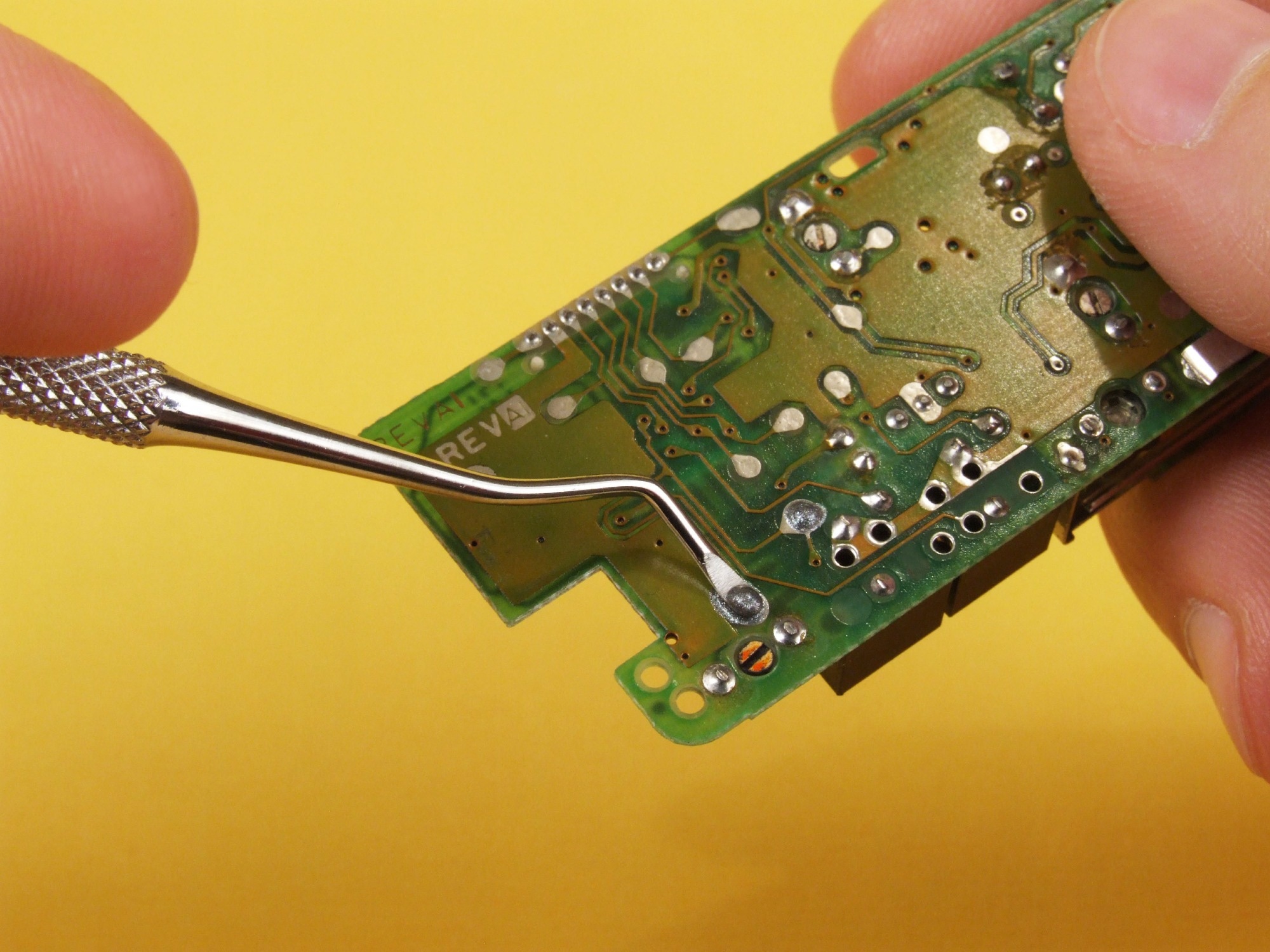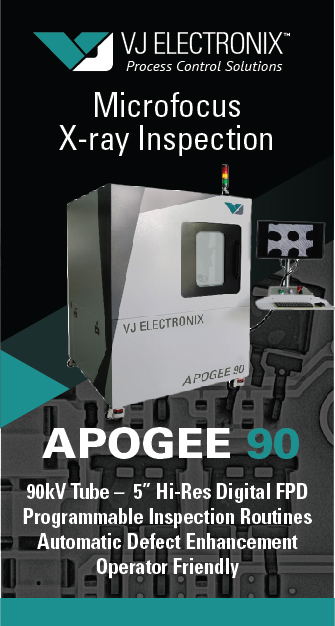What are some of the characteristics of medical-grade adhesives?
Medical-grade adhesives, sealants, and coatings are designed to meet the needs of medical device manufacturers. Specific grades are formulated to meet USP Class VI standards for biocompatibility and/or ISO 10993-5 requirements for non-cytotoxicity.
They are formulated to withstand sterilization such as radiation, ethylene oxide, and cold sterilants with select compounds capable of resisting repeated autoclaving and hydrogen peroxide sterilization. Additional performance properties may include optical clarity, thermal stability, thermal conductivity, the ability to bond to difficult substrates, and more.
What types of medical devices need such adhesives?
Medical-grade epoxies are used in a host of applications, including but not limited to dental equipment, diagnostics, disposable and reusable devices, monitoring systems, respiratory devices, surgical instruments, medical electronics, and prosthetics.

Image Credit: Master Bond EP3HTSMed is a one-component, electrically conductive, biocompatible epoxy system.
Do you have any examples of where your epoxy systems have been used?
Master Bond has collaborated with universities, national laboratories, and other research institutions to create innovative adhesive compounds that meet their specific application requirements. As a result, Master Bond products are cited in over 300 research articles published in peer-reviewed scientific journals. They are also cited in over 800 US and international patents.
In one such example, researchers sought to devise and test a novel microchannel array with 16-20 channels to assess the extent of nerve regeneration that is critical to the long-term efficacy of prosthetic devices.
Immunofluorescence was employed to determine the extent of motor nerve regeneration within the microarray channels. The devices that the team used featured Master Bond EP3HTSMed. This study was published in the International Journal of Physical Medicine and Rehabilitation.1
Can you tell us more about the application and how EP3HTSMed was used in the device?
The authors used standard fabrication methods in the construction of the microarray devices.1 Photolithography was used to define a SU-8 mold onto a silicon wafer — a 200 mm layer of Elastomeric polydimethylsiloxane (PDMS) was then spin-coated onto the mold and then thermally cured.
The spin-coated PDMS layers were removed, and this process was repeated to create multiple PDMS layers that were then stacked, aligned, and bonded. Metallic tracing, integrated into a ribbon cable, was used to electrically connect each electrode in the array via a percutaneous port to external recording and stimulating devices.
Master Bond EP3HTSMed, a silver-filled conductive epoxy meeting USP Class VI requirements, was used to secure and seal the electrical connections with the through-holes of the ribbon cable.
Pin-grid array (PGA) techniques were used to connect the microchannel array, bond pads, and the ribbon cable, with all connections being made with Master Bond EP3HTSMed, with the final interface being embedded in silicone.
To find the results of this research, and to read the full case study, click here.
Can you share another case study of an epoxy system used for a medical application involving prosthetics?
In an arthroplasty application for knee replacement, researchers used wireless sensors to monitor the prosthetic component. To do this, researchers at the University of Tennessee installed strain gauges into the prosthetic tibial component. The gauges measured the impact on the joint by reading strain data through a strain-mapping wireless sensor array that could feed information on force transmission through the joint following the knee replacement surgery.2
The sensors needed to be encapsulated with medical-grade adhesive to both protect them from damage and to form an appropriate interface between the implanted device and the bone tissue.
Of the epoxies evaluated for the encapsulation, EP30Med proved to be the best choice due to several factors: its low viscosity, non-rapid cure time, and the minimal amount of air bubbles present in the mixed epoxy during the curing process, which helped to create a durable, homogenous consistency.
The results of this research, along with the full case study, can be found here.
For more information about Master Bond adhesive systems or to discuss your application, visit www.masterbond.com.

